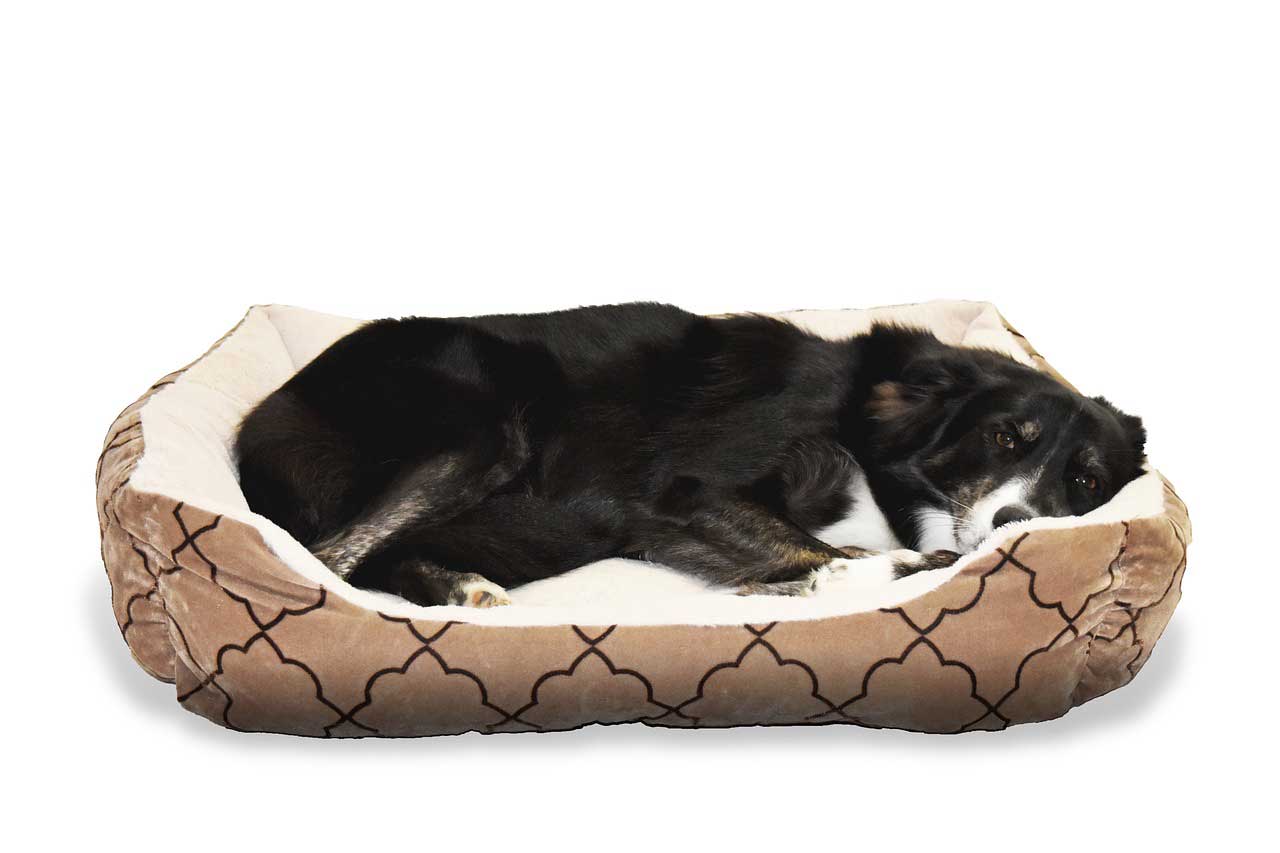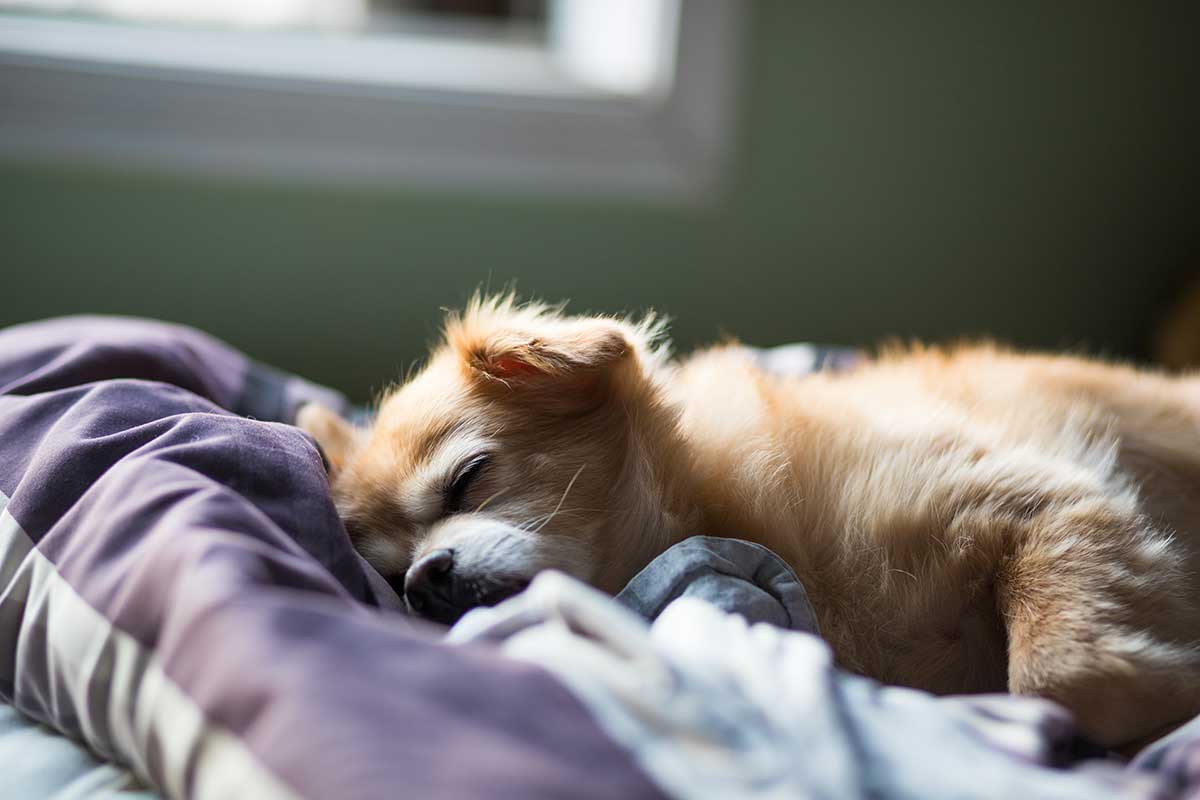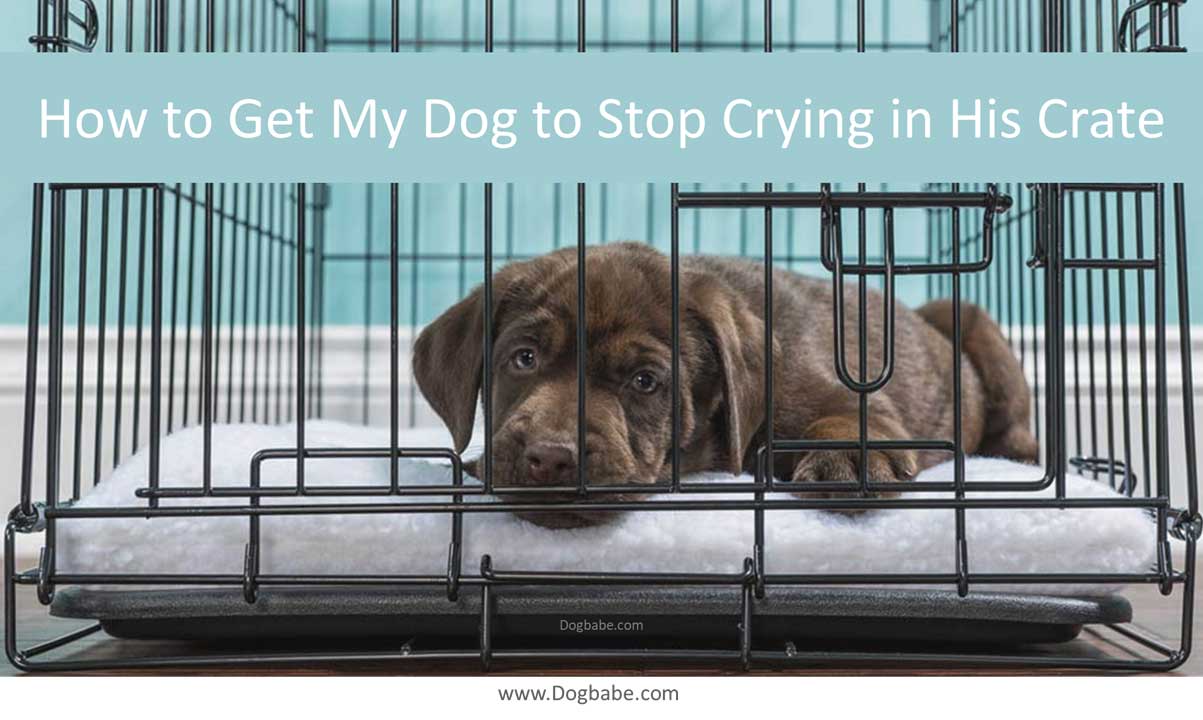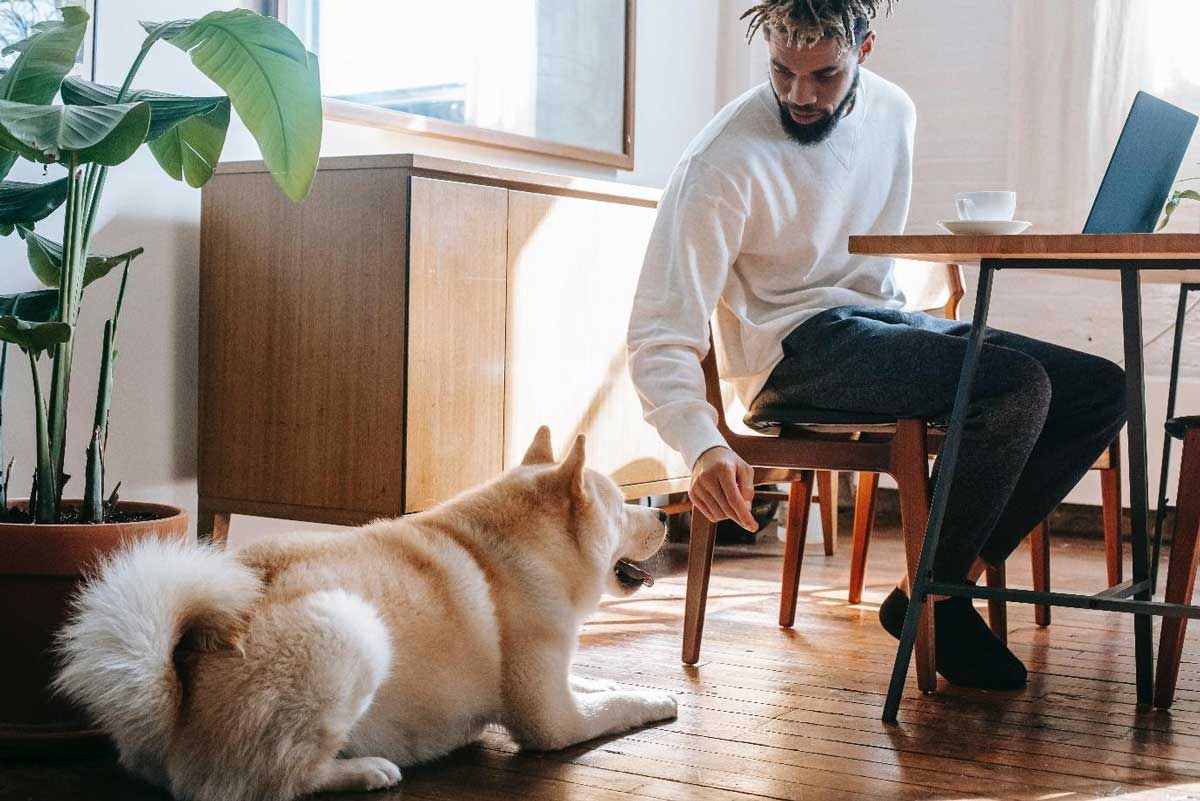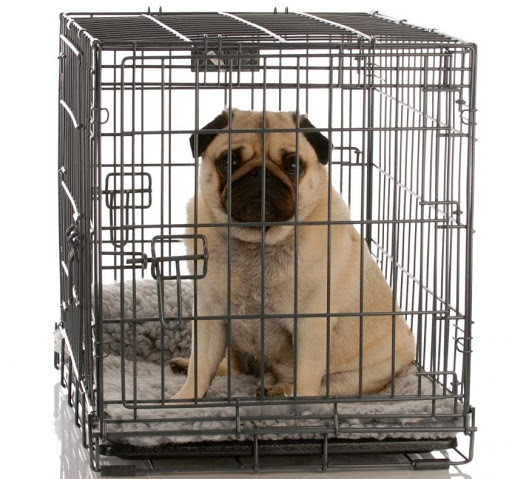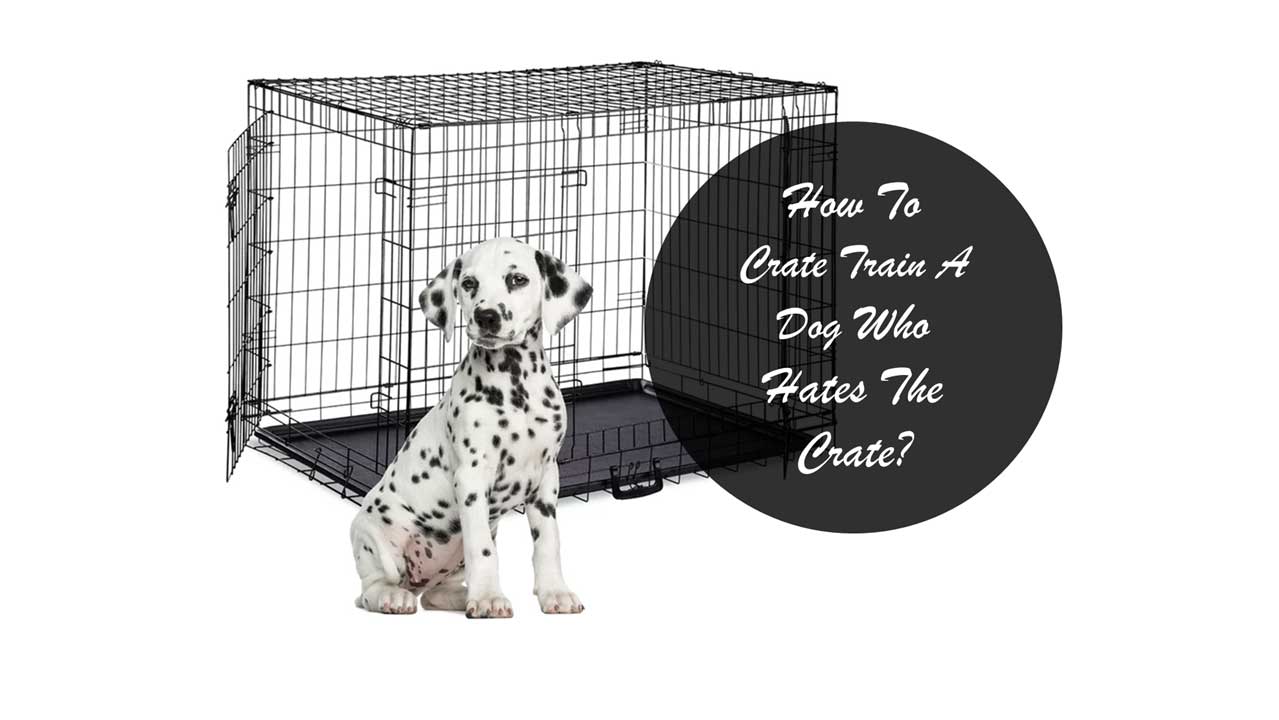Puppy crying in their crate when left alone or my dog won’t stop barking in its crate, are some of the most common questions contemplated by new dog parents.
These dog owners contemplate the possibility of crating their dogs in an effort to both prepare themselves and their dogs for scenarios that deflect from regular routines. Crating is the best ways to house train a dog before letting them loose in the house.
Crating can be challenging for new dog owners and their dogs, alike. Actually, some consider it heartbreaking to see their little pup secluded in a box.
In spite of this, crating a dog is not some sort of punishment, rather it is creating a safe place for your dog to unwind and relax when things get overwhelming.
Dogs sometimes enjoy being crated as it simulates what they would have done in the wild. Dogs are denning animals. Den can be categorized as a burrow, hole, or a small room. Many animals dig up holes or burrows as a way to keep themselves safe from predators and also to stay warm during winters.
However, when you first put your dog in a crate, they may cry, whine or bark. This is normal behavior, so try not to freak out. When your dog cries in the crate, you can take some steps to ensure that they feel comforted, looked after and cared for. This will alleviate some of the stress and make the transition a little easier for both of you.
Reasons Why Dogs Cry or Whine in Their Crates?
Dogs are social animals. Interaction with their humans keeps them happy and joyful. The moment, they are put in a crate, they feel they have lost that connection. This can make them feel sad, alone and depressed, which can result in whining.
Puppies may also cry in their crates because they feel restricted. A natural course for them is to run after you and fetch toys in the living room or the backyard. They can’t do any of that in the crate, so they will cry to be let out.
Another common reason for crying could be your dog’s need to relieve himself. Puppies and dogs need a bathroom break after every few hours, and if they are in a crate, it is harder for them to signify their need which can lead to crying and whining.
How to Get Your Dog to Stop Crying in His Crate: Step-by-Step Guide
If you are planning to crate train your dog or are already in the process of doing so, follow the below step-by-step guide to get your dog to stop crying in his crate.
Step 1: Check for bathroom signals
When your dog needs to relieve itself, it may signal a certain gesture, for example, scratching the crate, barking or restlessness. Look for the signal and take him out of the crate with a leash for a bathroom break. The break should help with the whining.
Step 2: Ignore the Whining
If your dog didn’t relieve himself after you let him out, then his whining could signal something else. Your dog may be testing you or hoping for some play time. At this point, you can take a step back and remove yourself from the scene. This will signal your dog that you are not giving in to his whining and that he will likely be staying in the crate for a while.
Step 3: Bring treats
If the whining doesn’t subside, then you can offer your dog some of his favorite treats. Treats are a great way to show your dog that he is not getting punished, rather you are rewarding him for his excellent behavior. Say words like “Good boy”, “Good girl” when they finish their treat.
Step 4: Place the crate in a common area
When your dog is in the crate it doesn’t mean they need to stay isolated from everything. Make sure the crate is in a common area where he can see you often. Isolation can make your dog depressed, which can lead to excessive crying.
Step 5: Bring Dinner
Food can be a great way to distract your dog from crying. Feed your dog lunch or dinner in the crate at their regular times. This will show them that the crate is their home for a while and they will have to eat their food and be good at good behavior.
Step 6: Add toys
Toys will keep your dog distracted and entertained. Put their favorite toys in the crate to help them calm down. Be careful which toys you put in the crate. Small toys can pose choking hazards.
Step 7: Be consistent
This is a crucial step in ensu.ring that your dog doesn’t whine all the time. If you are crating your dog at night for example, then make sure to choose the same time every day, i.e. let’s say 5 p.m. – 10 p.m. Also, be consistent with bathroom breaks. Make sure they get the breaks at the same time every day.
Mistakes to Avoid When Your Dog Cries or Whines
When your dog is in the crate and they whine, it is very natural to feel the need to take them out. You might also feel frustrated with occasional barking. Here are some mistakes you should avoid when your dog is whining or crying in the crate.
- Giving into attention. In the beginning, your dog will try to get your attention with the excessive crying. Don’t give in or pay attention or they will know that crying will get them out of the crate.
- Not taking breaks. Your puppy needs bathroom breaks. Don’t leave them in the crate for long hours. Also, take your dog out for a walk in between crate times. If you have to be away for a long period of time, hire a pet sitter who can ensure your dog gets the necessary breaks.
- Using it as punishment. Never use the crate to punish your dog. Don’t shout at your dog when they are crying or barking. It will only aggravate anxiety and stress in them.
Dog Crying and Whining in Crate: When to Worry?
Crying once in a while is completely normal during the crate training process. However, when you notice incessant cries and whines, then it can be a sign of worry. Also, if you see any signs of self-harm in your dog from attempting to get out of the crate, you must contact your vet and talk about your dog’s behavior patterns.
Disclaimer: I am not a dog expert or a professional dog trainer. I am a person who loves dogs and wants to share my knowledge that I’ve gained from years of experience.
Need to learn scientific methods to train your dog properly? This course has been developed by a qualified dog trainer. A dog trainer that trains other dog trainers.
Why not have a read of the brain training for dog course. If you purchase this course I will earn a small commission to maintain this site and to secure more useful dog-related content.



